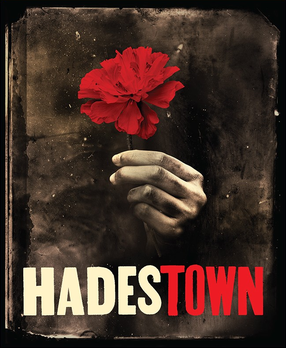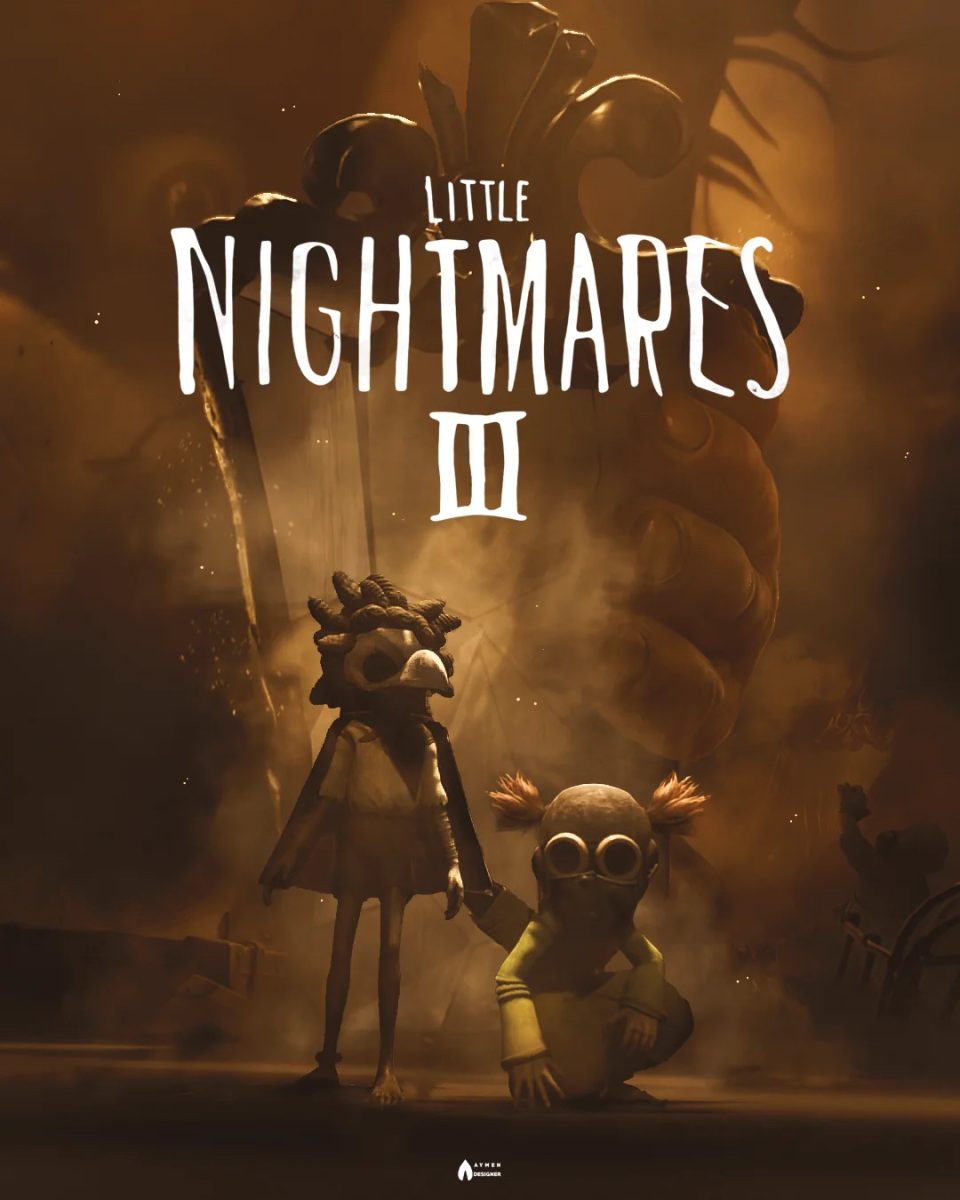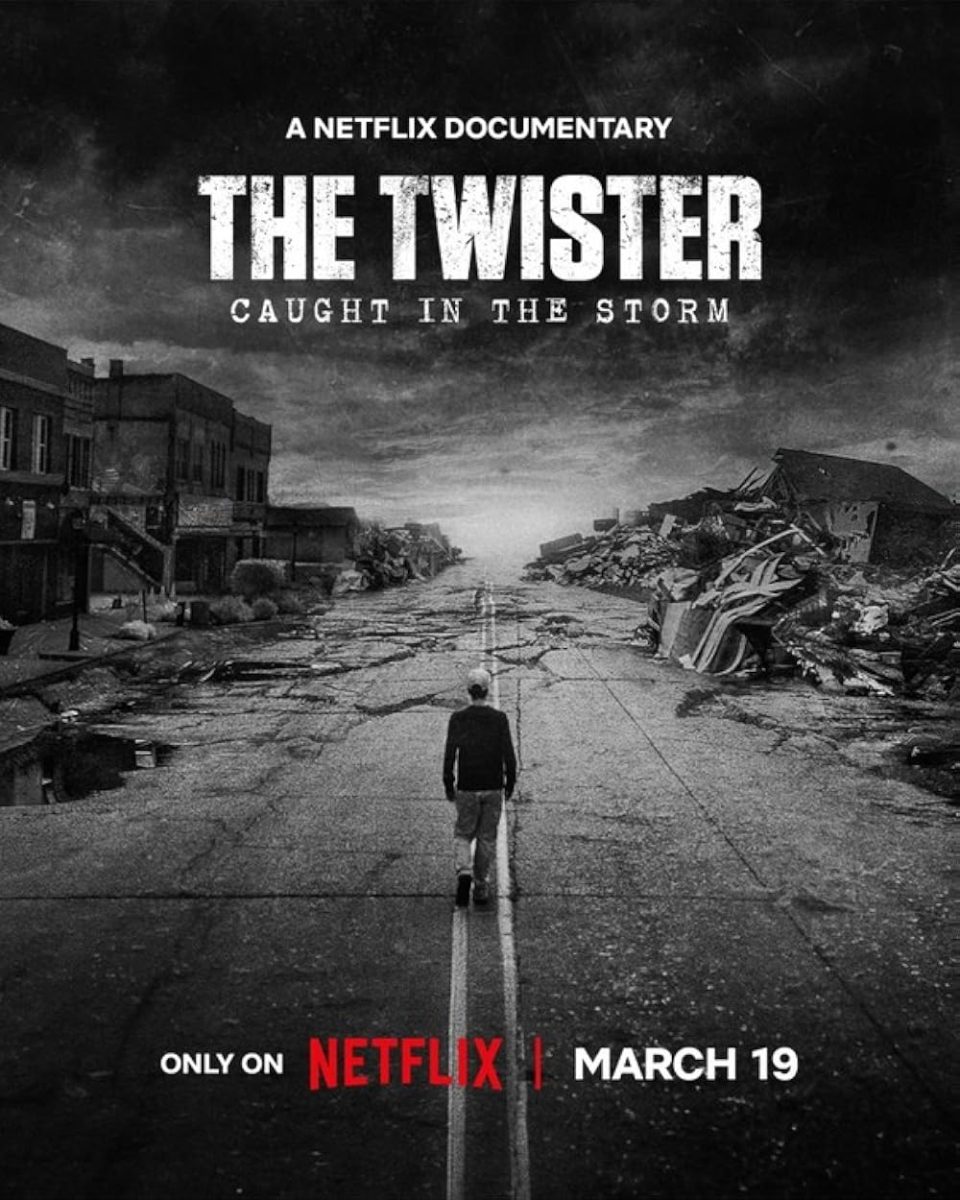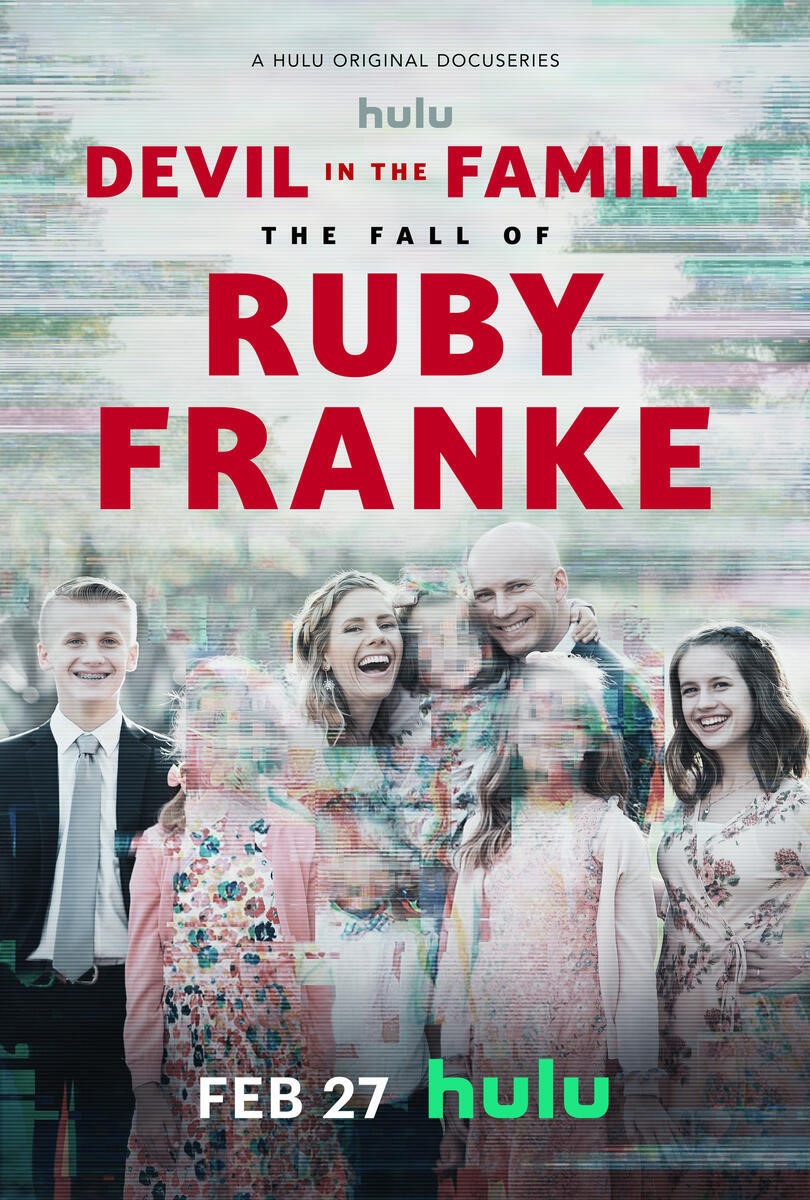
In a world of Gods and men, little is left up to chance. The changing of the seasons, for instance, is guided by the love of two old gods. In “Hadestown,” Tony award-winning Broadway musical written by Anaïs Mitchell, Orpheseus (Bryan Munar) and Eurydice (Megan Colton) meet on the road to Hell, just as winter becomes spring again.
The Orpheum Theatre – named for the very same Greek musician – is home to the travelling cast of “Hadestown” for the month of March.
This tragic love story begins along a railroad line on the road to Hell, where a poor muse’s son named Orpheus works day and night alongside his mentor, the messenger god Hermes (Jaylon C. Crump). His counterpart, a roaming girl called Eurydice, is followed through her life by the Fates (Katelyn Crall, Miriam Navarrete, Alli Sutton), three deities who dictate the life and death of mortals.
As the two quickly fall in love, spring finally returns after a long Winter, and with it, Persephone (Namisa Mdlalose Bizana). As the goddess of spring, Persephone spends the winter and fall months below ground with her husband, and king of the Underworld, Hades (Nickolaus Colón), returning with the harvest season.
The goddess is charmed by the music Orpheus plays, and the Workers (Randy Cain, Miracle Myles, Kaitlyn O’Leary, Mikaela Rada, Joe Rumi) residing up above party all spring and summer in the song, “Livin’ It Up On Top.”
The party ends, though, and Hades comes to collect his wife at the end of the harvest season. Eurydice, overcome with curiosity of life below, follows Persephone way down, Hadestown. Hermes tries to warn Orpheus, but he is too wrapped up in writing his song to notice his lover’s disappearance.
Meanwhile, Hades strikes a deal with Eurydice, and she trades her soul in exchange for protection in Hadestown. The young girl becomes an employee for the king of the Underworld, helping build his wall. Hades and the other Workers insist that the wall keeps out the ‘enemy,’ poverty. A metaphor for modern capitalism, the wall keeps out the impoverished, those who long for work but have none.
Orpheus, having finished his song, realizes Eurydice’s absence, and begs Hermes for help in getting to Hadestown. Pitying the boy, Hermes directs Orpheus down a backroad to Hadestown, along the railroad tracks. The long pilgrimage brings Orpheus right to Hades’ backyard. The king is enraged at Orpheus’ trespass, but Persephone, recognizing the Muse’s son from her time above, insists that Hades hear the boy out.
Begrudgingly, Orpheus plays the story of his love for Eurydice, and Hades sees his own love for Peresphone reflected in his song. His love for his wife rekindled, Hades agrees to let Orpheus, Eurydice, and all of his Workers return to the top, if they can do so without stealing glances behind to make sure the others are following. Convinced it was a trick, Eurydice warns against taking the deal, but Orpheus knows he has no other choice.
In an anticipation filled scene, Orpheus leads the Workers out through the same backroad he entered from, and it seemed as though all would end happily ever after. But this is, regrettably, a sad tale, a tragedy. With his final step out of the Underworld, Orpheus turns to help Eurydice up into the sunlight, but she is soundlessly swept away before him, and with her, everyone’s hopes of escape.
Regardless, the world goes on, and the seasons continue to change, as if the story was never told. Still, Hermes insists on retelling the tale, in hopes that someday, somehow, another chance, another opportunity, will rise.
With stunning visual effects and beautiful choreography, the touring cast of Hadestown truly blew the audience away with their story-telling. Each cast member and musician had a tale to tell, and it was obvious in their performance how much fun they were having. Overall, I would see the show every night if I could, and I would suggest everyone see the show at least once.







